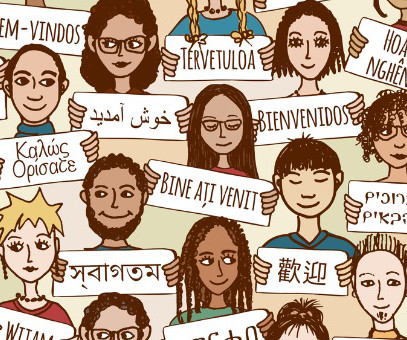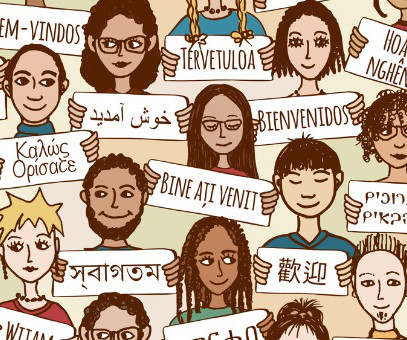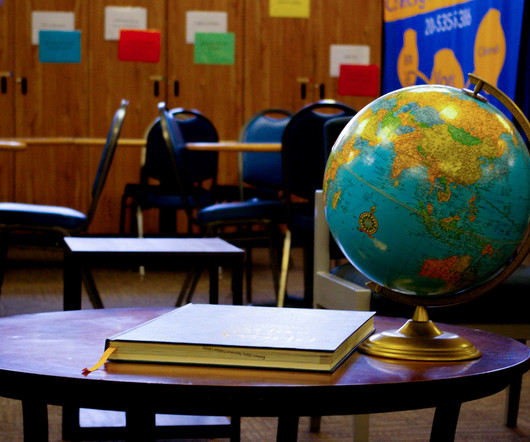Case Study Resources for Modern Teachers
Ask a Tech Teacher
OCTOBER 9, 2023
In education, case studies are widely used as a pedagogical tool to encourage critical thinking, problem-solving skills, and the application of theoretical knowledge. They serve as a bridge between theory and practice, promote active learning and the development of practical skills that improve their teaching methods.













Let's personalize your content